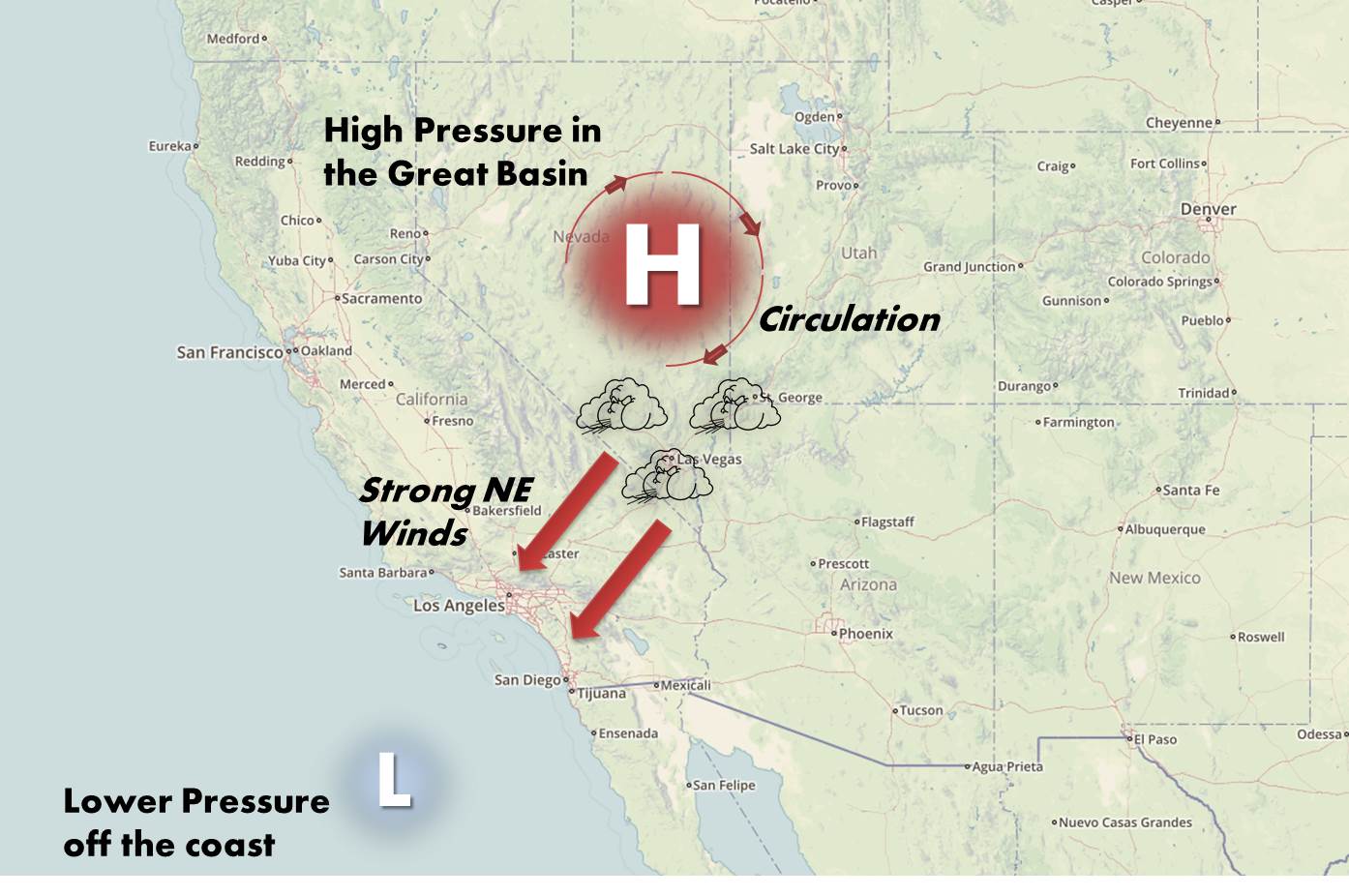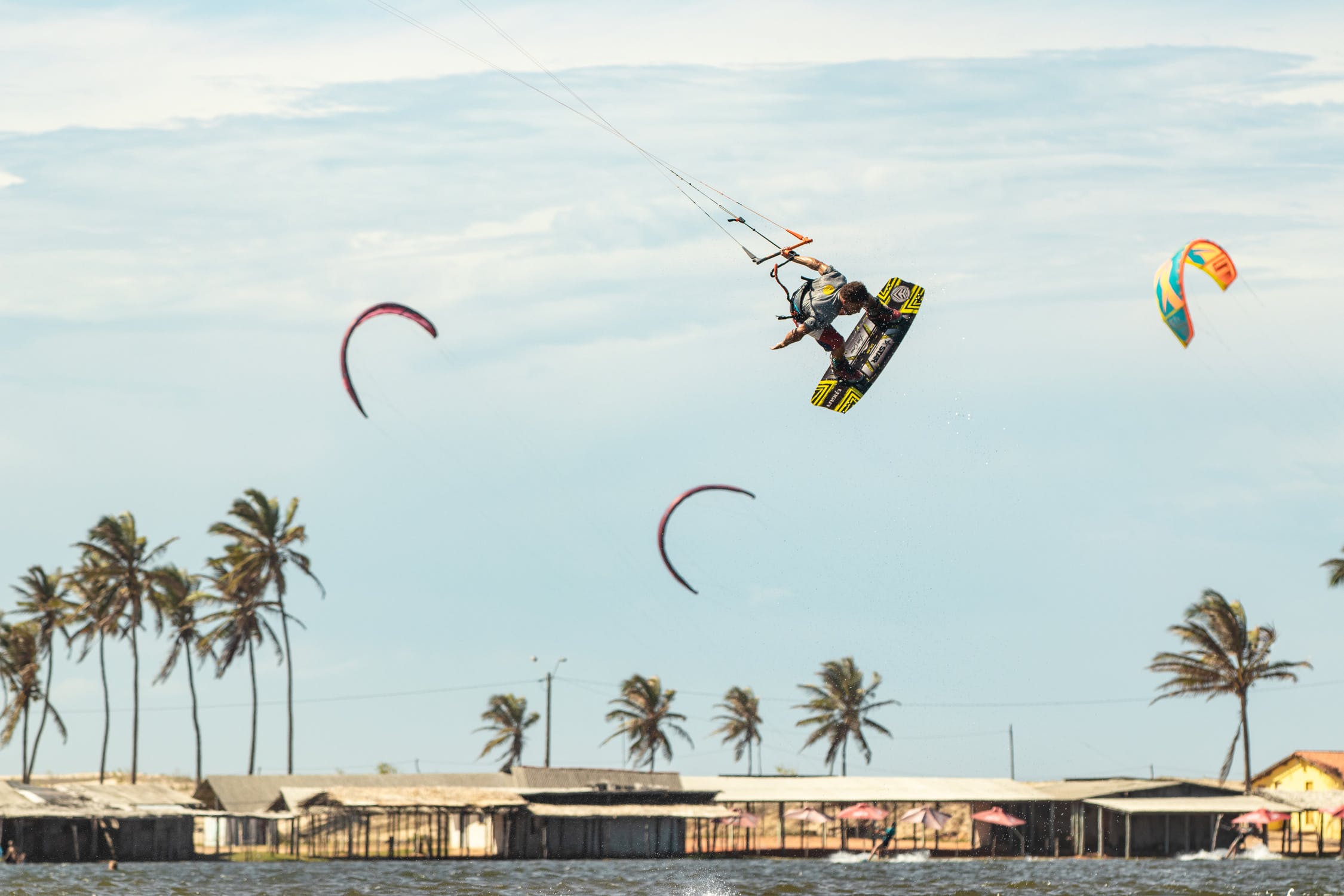The relationship between wind and wildfires is complex and critical. Certain types of winds, known for their unique characteristics, play a significant role in the ignition, spread, and intensity of wildfires. These wildfire-inducing winds can transform a small blaze into a raging inferno, challenging even the most prepared firefighting efforts.
Exploring Different Types of Wildfire-Inducing Winds
Each region prone to wildfires contends with specific wind patterns that exacerbate fire conditions. In California, the Santa Ana winds are infamous for their hot, dry nature, often fanning flames into uncontrollable wildfires. Similarly, the Diablo winds in Northern California have been responsible for some of the most devastating fires in the state’s history. These winds, descending from higher elevations, heat up and dry out, creating ideal conditions for rapid fire spread.

Recipe for Santa Ana Wind Events
In other parts of the world, different wind phenomena contribute to wildfire risks. The Mistral winds in Southern France, known for their speed and dryness, have a similar effect in accelerating wildfires. Australia’s bushfires are often intensified by the hot, dry winds that sweep across the continent, particularly during the summer months.
Wind Patterns and Fire Behavior: A Crucial Understanding
For firefighting agencies and communities in fire-prone areas, understanding these wind patterns is essential. Meteorological data and predictive models are used to forecast wind behavior, aiding in the preparation and response to potential wildfire outbreaks. This understanding helps in implementing timely evacuation orders, allocating firefighting resources effectively, and strategizing containment efforts.
Mitigating Wind-Driven Wildfires
Mitigating the impact of wind-driven wildfires requires a multifaceted approach. First, building codes and land management practices, such as creating defensible spaces and using fire-resistant materials, are crucial in reducing the vulnerability of properties. Of equal importance, public awareness and education about the risks associated with these specific winds also play a key role in community preparedness.
The Future of Wind and Wildfire Management
As climate change continues to alter weather patterns, the role of winds in wildfire dynamics may evolve. As a result, this necessitates ongoing research and adaptation in wildfire management strategies, ensuring that communities remain resilient in the face of these changing and challenging natural phenomena.




